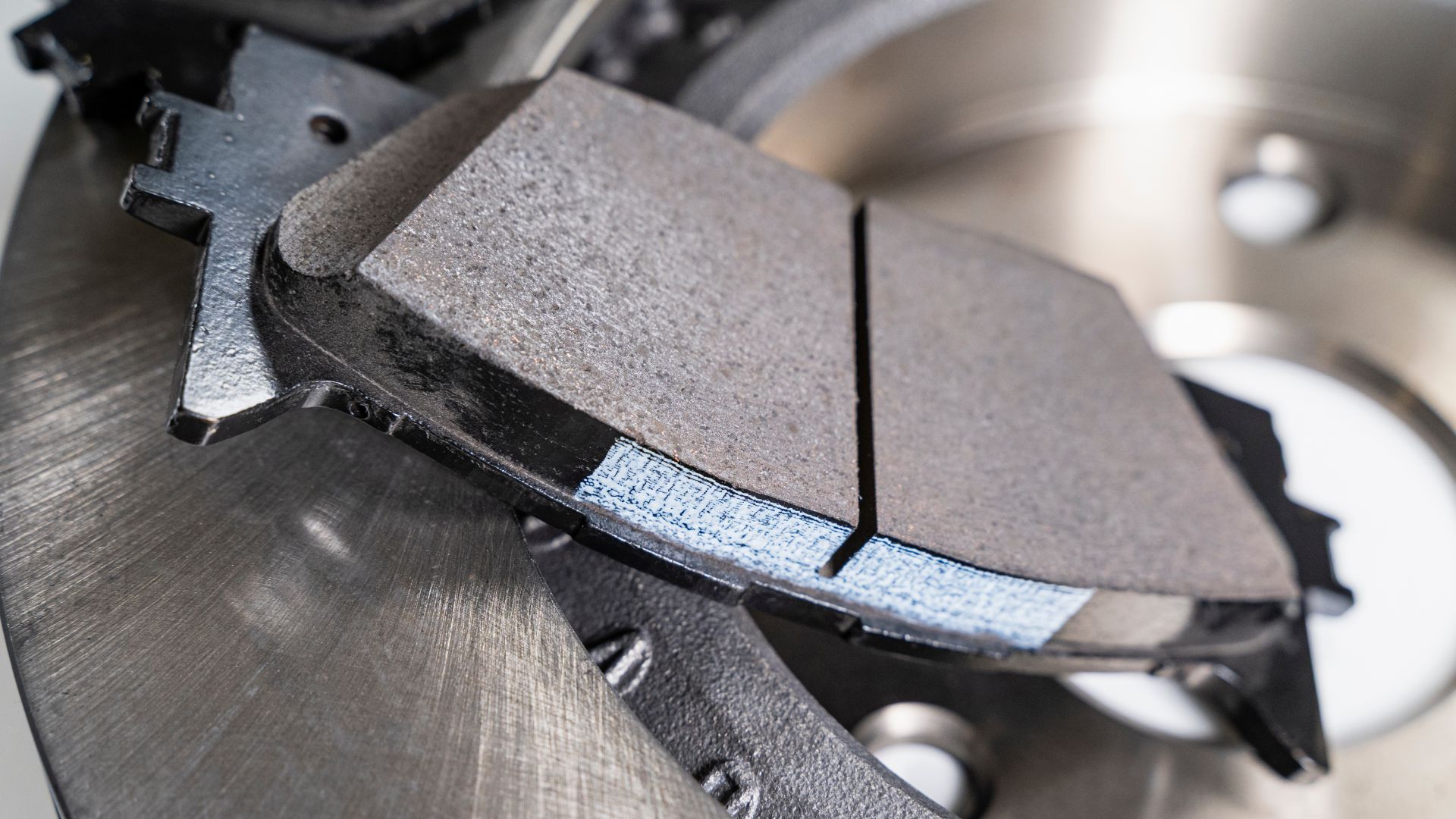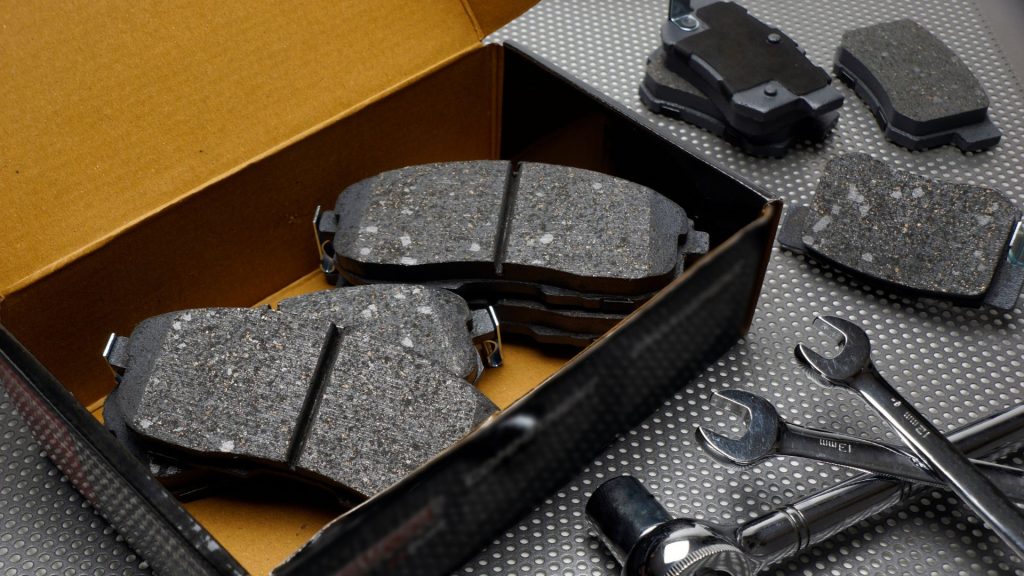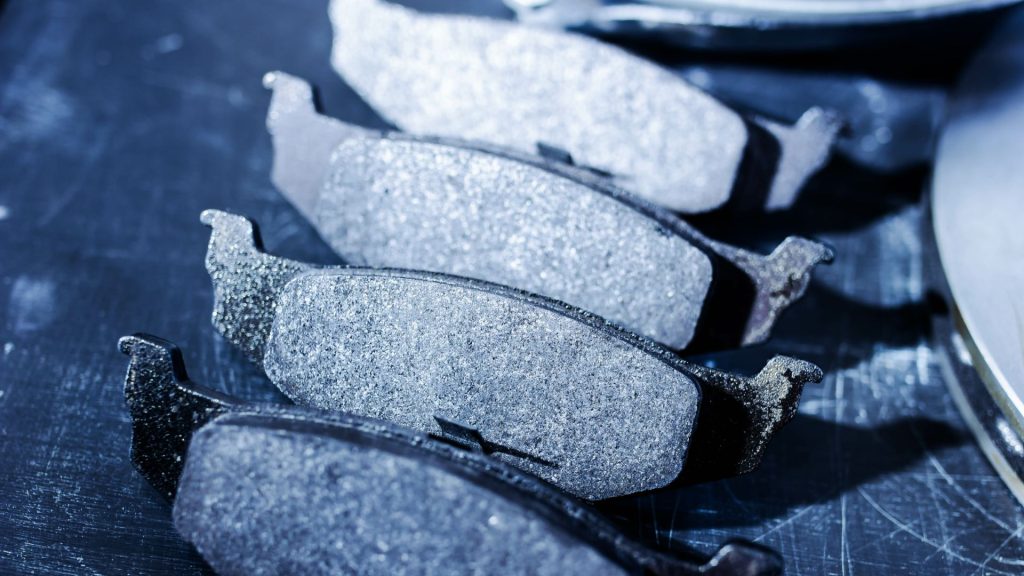Semi-metallic vs ceramic brake pads — difference explained
Differentiate between semi-metallic and ceramic brake pads.

Hearing a squealing or squeaking sound when stepping on the brakes could mean that it’s time to replace the pads. However, if you don’t use a proper replacement pad, chances are that you’ll keep hearing the noise even after the replacement.
So, there’s a big dilemma on semi-metallic vs ceramic brake pads when it comes to the best replacement brake pad option. They are made of different materials, and each is suitable for a different purpose. So, our team decided to point out the highlights of both types and help you figure out the best option for your car.
Importance of picking proper replacement pads

To help you understand the importance of changing brake pads with proper replacements, you must understand how brake pads work. Once you step on the brake pedal, the cylinder releases brake fluid which flows into brake calipers through the hose.
The caliper pushes brake pads against the rotor or a brake disc, and the friction generated by the pressure of brake pads affects the rotor and stops your wheel from rotating. That’s how you come to a stop, and after you release the brake pedal, brake fluid reverses through the hose and the pressure is relieved.
Once the pads aren’t pressing against the rotors, you’ll be able to keep driving. So, your brake pads are under constant pressure and friction which generates heat. All that just leads to worn brake pads, and the brake pad material is relevant to withstand friction and heat for as long as possible.
That’s how you end up with a choice of semi-metallic brake pads and ceramic brake pads. Each is suitable for a different type of vehicle, so let’s take a closer look.
About different types of brake pads

The main difference between different types of brake pads is in the material. Based on the material, you can conclude the durability, heat efficiency, and how the pads handle friction. These are the main types of brake pads you can use as replacement pads on your car:
- Ceramic brake pads
- Semi-metallic brake pads
- Organic brake pads
So, besides the semi-metallic and ceramic brake pads, you can also go for organic brake pads or non-asbestos brake pads. They are made from organic materials like rubber and carbon, and they are suitable for commuter cars and everyday driving.
Still, semi-metallic and ceramic brake pads are the most widely used types. You’ll mostly find ceramic brakes on modern and high-end cars, as they are more expensive than semi-metallic brakes. The price is just the start when it comes to differences between semi-metallic and ceramic brakes.
One of the most important things you should know is that it’s best to replace your factory brakes with the same type of brake pad. So, if your car came with ceramic brakes, you shouldn’t experiment by replacing them with a semi-metallic brake pad. You can try, but it will probably result in the brakes squeaking right after the replacement.
Benefits and downsides of semi-metallic brake pads
Both semi-metallic and ceramic brake pads have their ups and downs, so let’s deal with semi-metallic first since they are more common. They provide a much better braking performance than organic brakes, and the performance can even be matched with ceramic pads based on the conditions.
It’s due to a wider range of heat resistance, which is why semi-metallic brakes are often used for track driving and performance vehicles. Still, their durability is rather questionable, and it also depends on your driving style. Have you ever heard of “brake dust”? It’s that dust and glow that appears all over your brakes over time.
Well, semi-metallic brakes produce plenty of it as they wear, and if you tend to push the brakes hard too often, they will wear faster. The good thing is – the composition of semi-metallic brake pads varies, and it’s from 30% to 70% metal with different additives like graphite. So, you can find a perfect composition for performance braking, or regular everyday driving depending on your needs.
Semi-metallic brake pads can conduct heat much better than ceramic brakes, so they come in handy in demanding conditions like performance driving where the brakes might heat up. Still, the squeaking noise they produce turns down some drivers.
Pros of semi-metallic brakes:
- Great heat conductors suitable for performance driving
- More affordable than ceramic brakes
- Offer better braking performance than organic brakes
Cons of semi-metallic brakes:
- They wear off faster than ceramic brakes
- Much noisier than ceramic brakes
Benefits and downsides of ceramic brake pads
As a bit more expensive option, we have ceramic brake pads that are also much more silent. They tend to last a bit longer than semi-metallic brake pads, and that’s one of their main benefits. Ceramic brake pads are made of a material blend that’s much like the ceramic material used for flooring and plates.
However, this material is coupled with powerful copper fibers and additives that make them more durable and prone to wear and tear. It makes ceramic brakes the most durable type, which compensates for the higher price they come with.
They aren’t as good in terms of braking conditions in excessive heat as semi-metallic brakes, but even some performance cars use them as a factory option. As they wear off, they also produce less brake dust, and their braking performance keeps consistency over time.
Pros of ceramic brake pads:
- The most durable brake pad material
- They produce the least noise when braking
- Even wear and lower brake dust residue
Cons of ceramic brake pads:
- Not as good as metallic brakes in extreme driving conditions
- They are the most expensive option
What’s the best type of brake pad for your car?
Now that you know the main benefits and flaws of both brake pad types, you can make a decision on which type is the best for your needs much easier. In this comparison, it’s important not to leave out organic brakes completely, as they are growing in popularity and many new cars in the US come with these brakes.
They are a bit less noisy than semi-metallic brakes, but they wear off just as fast and their braking performance is fairly lower. On the other hand, ceramic brakes are the most expensive, but they offer the most durability and the least noise. For a performance car, however, semi-metallic brakes are unprecedented. It’s important to fit the replacement brake pads with the exact type your car needs, to prevent caliper sticking and further braking system problems.
Our take
Well, this guide hopefully settles the dilemma on semi-metallic vs ceramic brake pads once and for all. Both brake pad types are great for their specified purposes, and you just shouldn’t replace factory ceramic brake pads with semi-metallic pads if you wish to avoid the bothersome squeaking noise.
If you wish to get the most miles out of the brakes, going with ceramic brakes won’t make you look the other way around. On the other hand, sticking with semi-metallic brakes for extreme driving conditions is the ultimate option.
Which is better semi-metallic or ceramic brake pads?
Semi-metallic brake pads are more affordable and deliver better braking performance in extreme heat than ceramic brakes, but ceramic brakes last longer and are the quietest type of brake pads if you wish to avoid squeaking noises as they wear off.
Are semi-metallic brake pads any good?
Yes, semi-metallic brake pads are good, especially for performance driving as metal absorbs heat better than ceramic pads.
What lasts longer metallic or ceramic brakes?
Ceramic brakes usually last longer than metallic brakes, but the durability of both types can be affected by your driving style since hard braking is the worst thing you can do.